1. The Most Polluted: Lake Erie
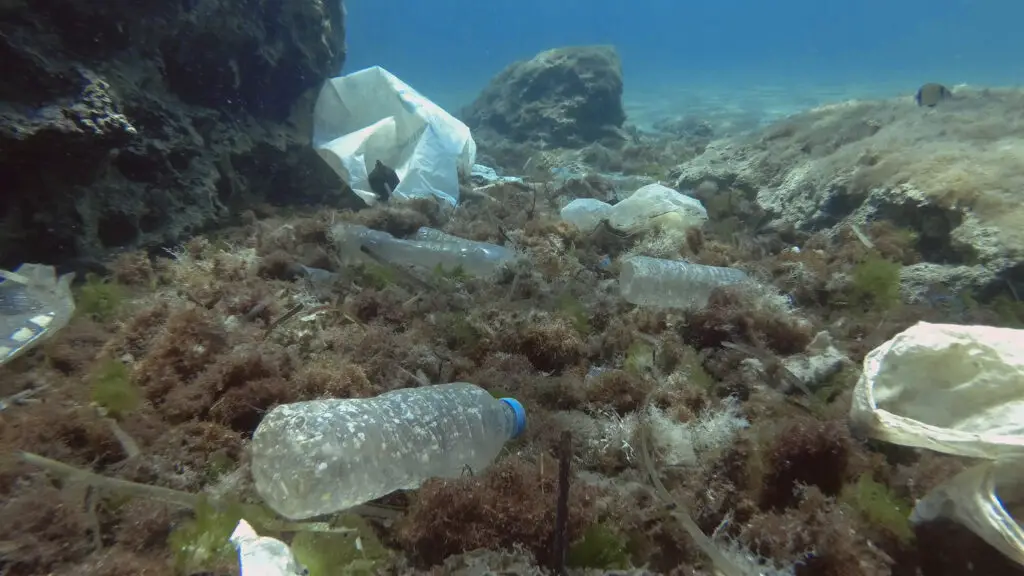
Lake Erie is often regarded as one of the most polluted lakes in the U.S. It suffers from significant water quality issues, largely due to agricultural runoff, industrial waste, and urban wastewater. According to the Environmental Law & Policy Center, nutrient overload in the form of nitrogen and phosphorus fosters harmful algal blooms, which create dead zones that deplete oxygen levels in the water, leaving aquatic life unable to survive. The surrounding areas, including major cities like Cleveland and Detroit, contribute to the pollution load with high levels of sewage and industrial runoff.
While efforts have been made to clean up the lake, including the Great Lakes Restoration Initiative, Lake Erie continues to struggle with pollution. Harmful toxins produced by the algae blooms can affect both humans and animals. The lake’s shallow depth and warm waters make it particularly susceptible to these issues, and despite improvements in recent years, it remains one of the most polluted lakes in the U.S.
2. The Most Polluted: Great Salt Lake
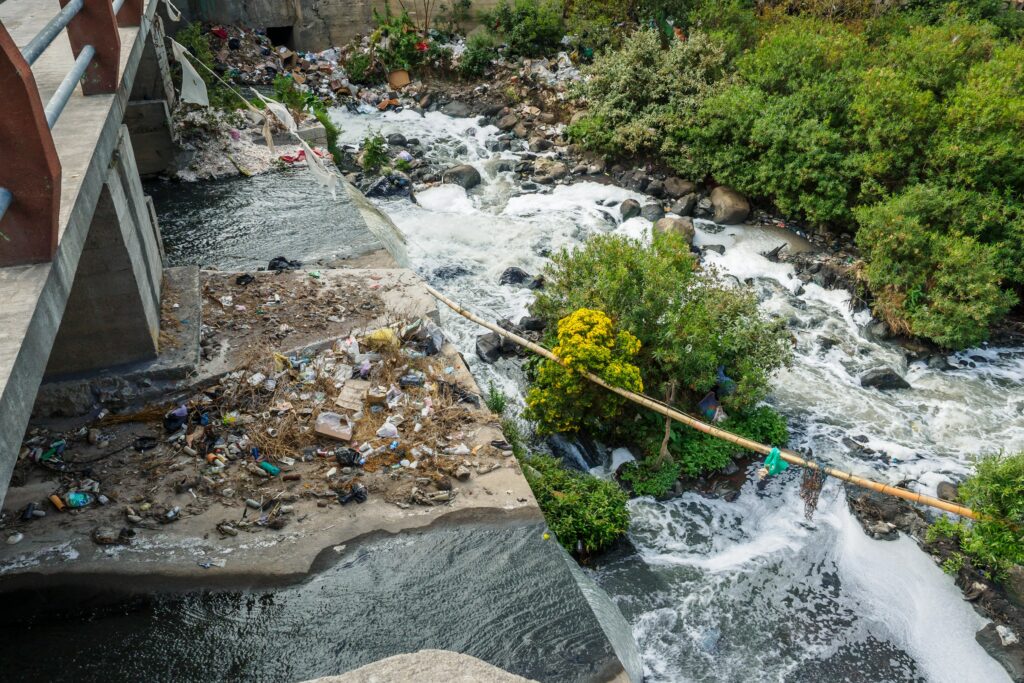
The Great Salt Lake in Utah is another heavily polluted body of water. It suffers from pollution due to industrial runoff, wastewater, and mining activities, especially from the extraction of minerals and salt. The lake’s high salinity makes it a unique ecosystem, but its pollution problems are exacerbated by shrinking water levels, which concentrate contaminants and cause harmful dust storms. These dust storms carry pollutants like pesticides and heavy metals, which negatively affect both air quality and public health.
Furthermore, as the lake’s water levels decrease, the pollution problem worsens, leaving more of the lakebed exposed, according to research from Utah State University. The resulting dust storms contain toxins that pose serious health risks to nearby communities. While efforts to address water diversion and industrial contamination are ongoing, the Great Salt Lake remains one of the most polluted lakes in the U.S.
3. The Most Polluted: Lake Michigan
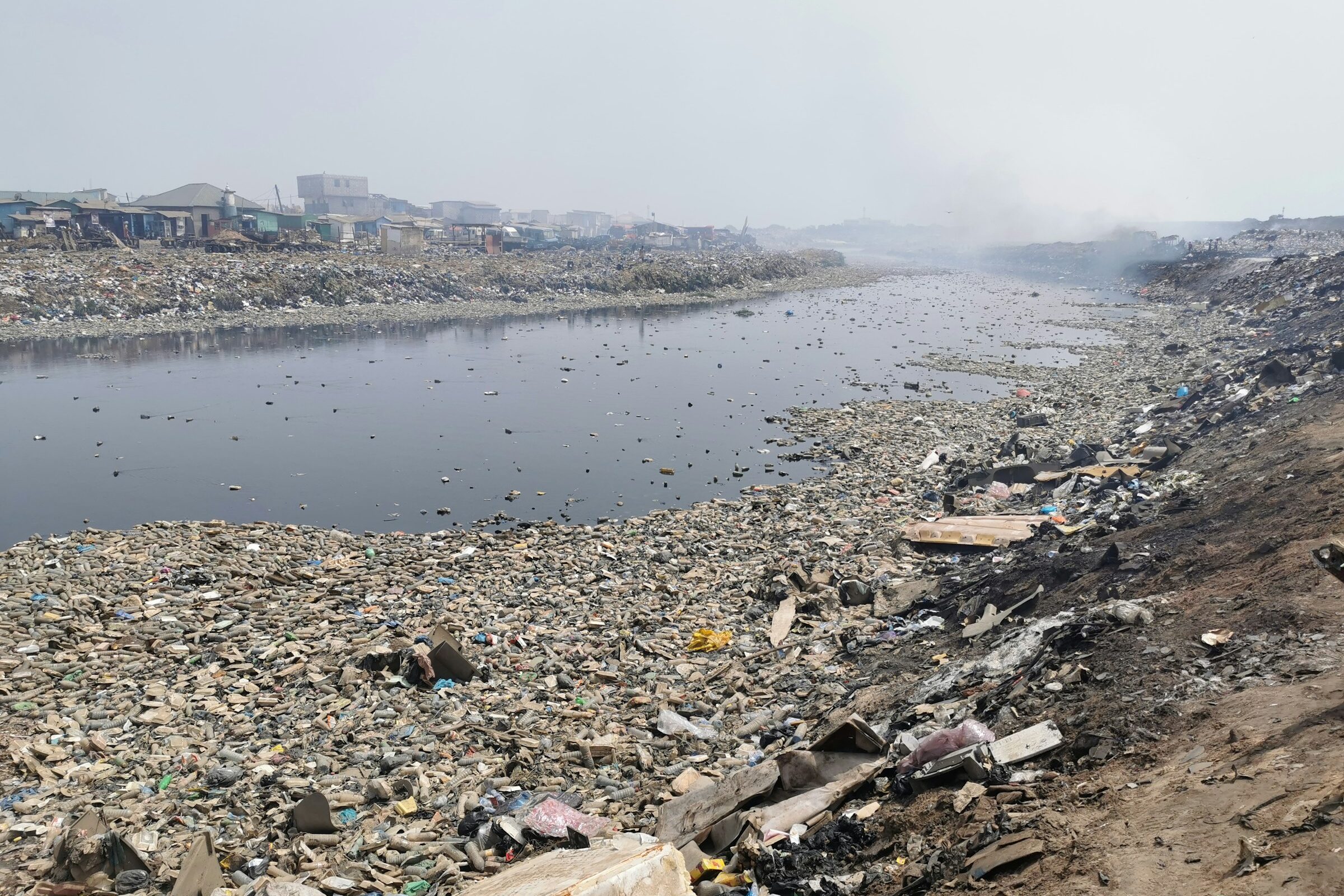
Lake Michigan is one of the five Great Lakes, and while it’s a vital water source for millions of people, it suffers from significant pollution. Major contributors to its pollution include agricultural runoff, industrial discharges, and urban wastewater. According to Phys.org, the proximity of large cities like Chicago and Milwaukee means that the lake is constantly exposed to high levels of pollution. Fertilizer and pesticide runoff, combined with untreated sewage, increase the levels of nutrients in the water, leading to harmful algal blooms and oxygen depletion.
Despite ongoing restoration efforts, such as those through the Great Lakes Water Quality Agreement, Lake Michigan continues to deal with pollution issues. Its beaches and waters often face water quality advisories during the summer months, especially after heavy rains. The pollutants that enter the lake not only affect aquatic life but also impact recreational activities, making Lake Michigan one of the most polluted lakes in the U.S.
4. The Most Polluted: Lake Ontario
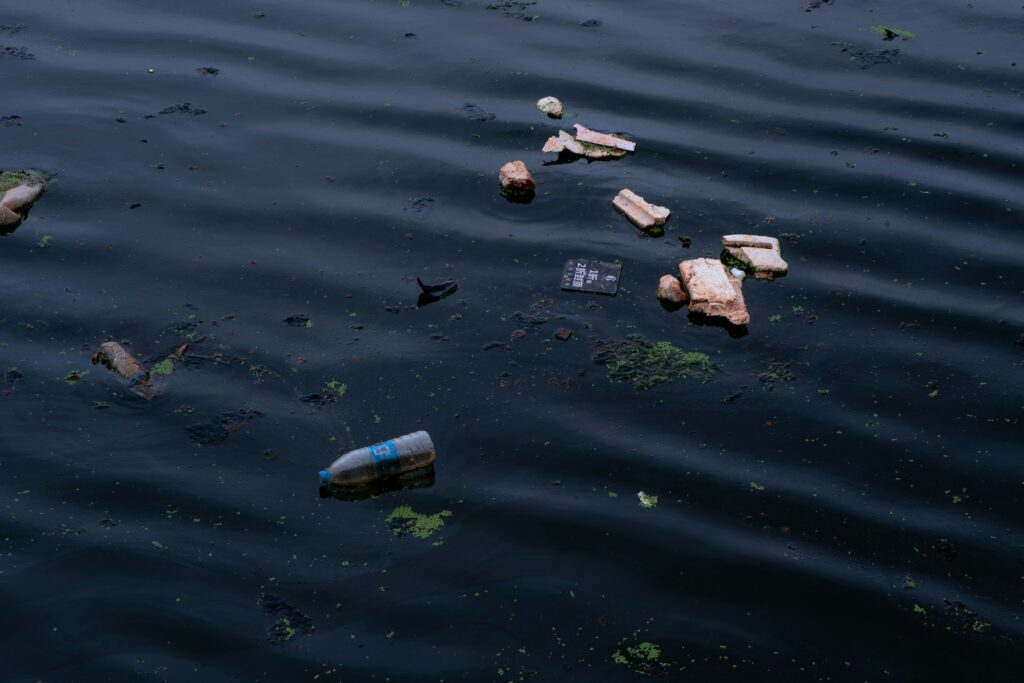
Lake Ontario, the smallest and easternmost of the Great Lakes, faces serious pollution challenges due to agricultural runoff, industrial waste, and urban development. The lake’s location at the end of the Great Lakes chain means that pollutants from the other lakes flow into it, often leaving it with elevated levels of toxic chemicals such as PCBs (polychlorinated biphenyls). These contaminants persist in the lake’s sediments, affecting the health of its ecosystem and the surrounding communities.
Lake Ontario’s pollution problems have been compounded by invasive species and excess nutrients in the water. The federal and state governments have made significant efforts to clean up the lake, but despite these efforts, the lake still suffers from the long-term effects of decades of pollution. With its proximity to major cities like Toronto and Rochester, Lake Ontario continues to face serious water quality challenges.
5. The Most Polluted: Chesapeake Bay
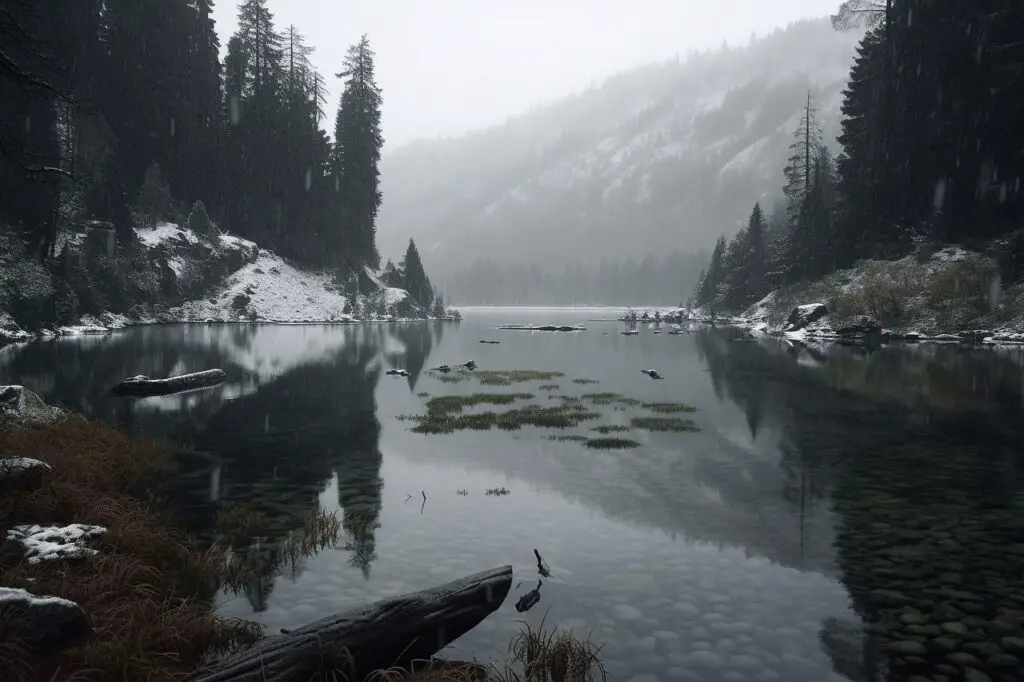
Chesapeake Bay, the largest estuary in the United States, has long been plagued by pollution from agricultural runoff, urban development, and industrial activities. According to the Chesapeake Bay Foundation, the influx of nitrogen and phosphorus from fertilizers, sewage, and stormwater runoff contributes to harmful algal blooms and the creation of hypoxic zones, where oxygen levels are too low for most marine life to survive. These dead zones are a major threat to the bay’s aquatic life, including fish, crabs, and oysters, which are important to the local economy.
Although efforts like the Chesapeake Bay Program have led to some progress in reducing pollution, the bay continues to face significant water quality challenges. The high level of agricultural activity in the region and the density of urban development contribute to ongoing pollution problems. Restoration efforts must address a wide variety of pollution sources, making Chesapeake Bay one of the most polluted estuarine systems in the U.S.
6. The Most Polluted: San Francisco Bay
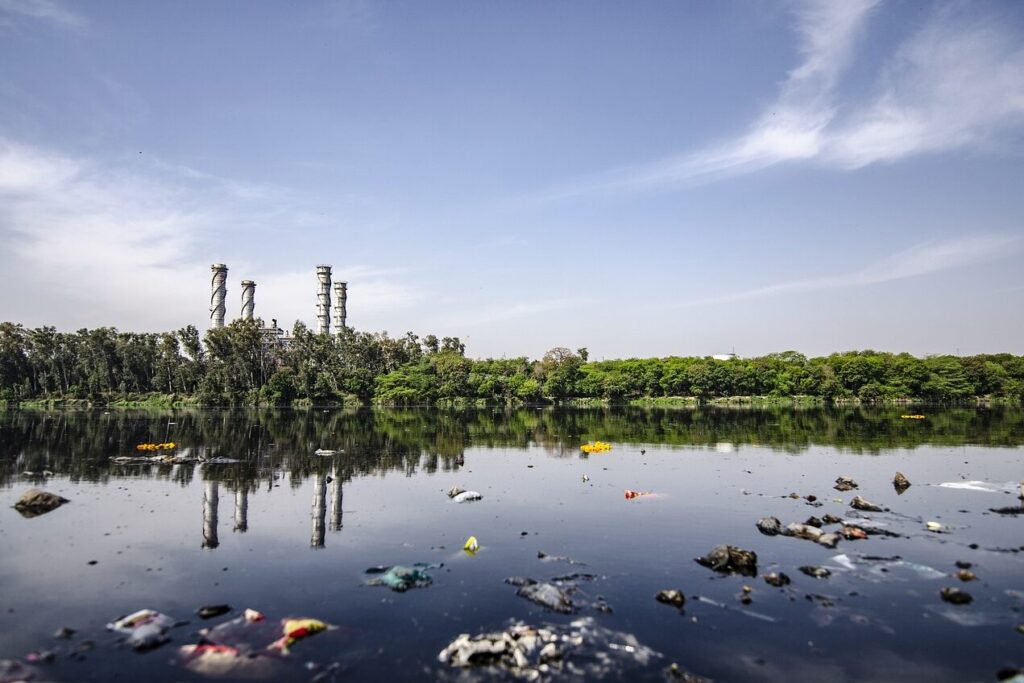
San Francisco Bay suffers from high levels of pollution due to industrial contamination, urban runoff, and sewage discharges. The bay is impacted by a wide range of pollutants, including heavy metals, pesticides, and petroleum products. Additionally, invasive species like the Asian clam have disrupted the bay’s ecosystems, according to the San Francisco Baykeeper. The high population density in the surrounding Bay Area means that the water is continuously exposed to contaminants from urban and industrial activities.
In recent years, efforts have been made to improve water quality in the bay, including restoring wetlands and reducing industrial discharges. However, despite these efforts, San Francisco Bay remains polluted, with a number of toxic substances still present in its waters. The bay’s ecological health continues to be compromised by ongoing pollution from both point and non-point sources, making it one of the most polluted bodies of water in the U.S.
7. The Most Polluted: Lake Pontchartrain

Lake Pontchartrain, located in Louisiana, suffers from pollution related to urban development, agricultural runoff, and industrial discharges. The lake’s waters are often contaminated by oil, chemicals, and fertilizers, which contribute to nutrient overload and the formation of harmful algal blooms. The lake’s water quality is further compromised by the surrounding urban sprawl, particularly from New Orleans, which contributes to pollution runoff from both residential and industrial areas.
Despite some cleanup efforts, Lake Pontchartrain remains polluted due to the high level of contamination that flows into it. Nutrient pollution has resulted in reduced oxygen levels, causing fish kills and impacting local ecosystems. The lake’s water quality continues to be a challenge for the region, requiring ongoing efforts to address the pollution sources.
8. The Most Polluted: Lake Superiore
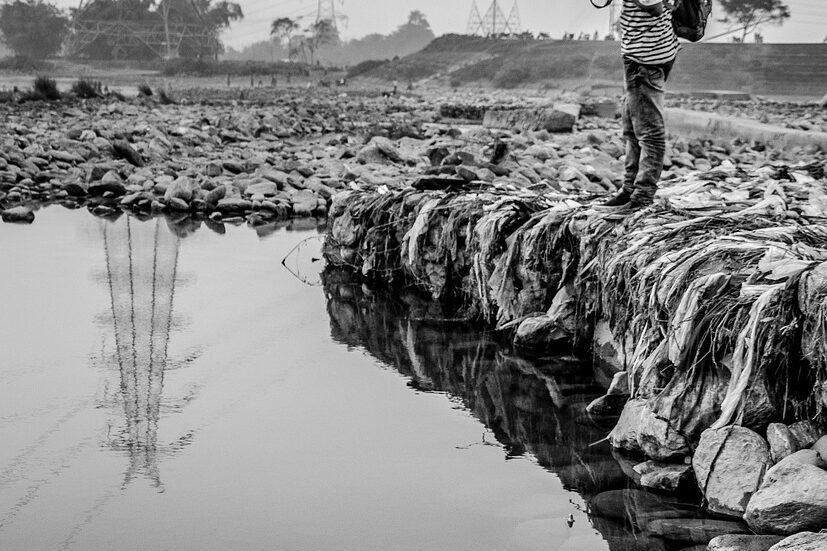
Lake Superior is known for being the largest and clearest of the Great Lakes, but it still suffers from pollution, particularly from industrial activity, mining, and chemical discharges. Though it is much cleaner than some of the other Great Lakes, Lake Superior faces threats from invasive species, mercury contamination, and non-point source pollution. The industrial use of the surrounding land has resulted in pollution runoff, which impacts the health of the lake’s ecosystem.
While significant efforts have been made to reduce pollution levels in Lake Superior, such as through the Great Lakes Restoration Initiative, the lake still faces challenges. Mercury contamination is a serious concern, and the presence of toxic chemicals in sediments continues to affect aquatic life. Despite improvements, Lake Superior’s water quality remains a concern.
9. The Most Polluted: Clear Lake

Clear Lake, located in California, has struggled with pollution due to agricultural runoff, industrial waste, and urban development. The lake’s water is frequently contaminated with mercury, which leaches from the soil and accumulates in fish. Clear Lake also suffers from nutrient overload, leading to algal blooms and oxygen depletion. The surrounding agricultural industry has contributed significantly to the pollution, making Clear Lake one of the most polluted lakes in the U.S.
Efforts to address the lake’s pollution have been ongoing, with some progress made in reducing toxic substances. However, the lake’s pollution challenges remain significant, as mercury contamination and nutrient overload continue to affect water quality and aquatic life.
10. The Most Polluted: Lake Okeechobee

Lake Okeechobee in Florida is the largest freshwater lake in the state and has faced significant pollution problems for decades. The lake is heavily impacted by agricultural runoff, particularly from the nearby sugarcane fields, which add large amounts of phosphorus to the water. This nutrient overload contributes to harmful algal blooms and water quality issues, affecting the entire ecosystem. Additionally, the lake has faced pollution from sewage and wastewater discharges from surrounding communities.
Efforts have been made to reduce pollution and restore water quality in Lake Okeechobee, but progress has been slow. The lake continues to suffer from the effects of agricultural pollution, which causes algal blooms that harm both aquatic life and local communities. Lake Okeechobee remains one of the most polluted lakes in the U.S.
11. The Most Polluted: Lake Havasu
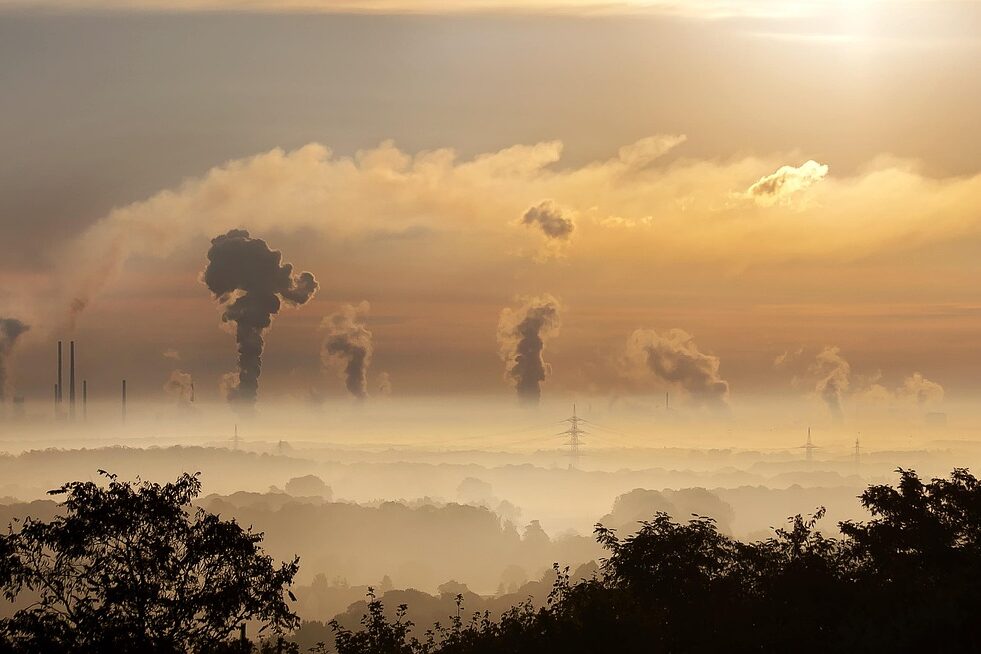
Havasu, located on the border between Arizona and California, is a popular recreational destination. However, the lake suffers from significant pollution caused by a combination of urban runoff, sewage discharge, and chemical contaminants. The surrounding areas, including the city of Lake Havasu, contribute to the pollution through wastewater runoff, which can include high levels of nitrogen and phosphorus. These nutrients fuel harmful algal blooms, depleting the oxygen levels in the water and creating dead zones that harm aquatic life.
Lake Havasu also faces pollution from boating activities and industrial discharges, which release chemicals like heavy metals into the water. Despite efforts to regulate water quality, the lake continues to experience water quality issues that impact both the environment and public health. Though it remains a popular location for activities like fishing, boating, and water sports, the persistent pollution problem affects the overall health of the ecosystem.
12. The Most Polluted: Lake of the Ozarks
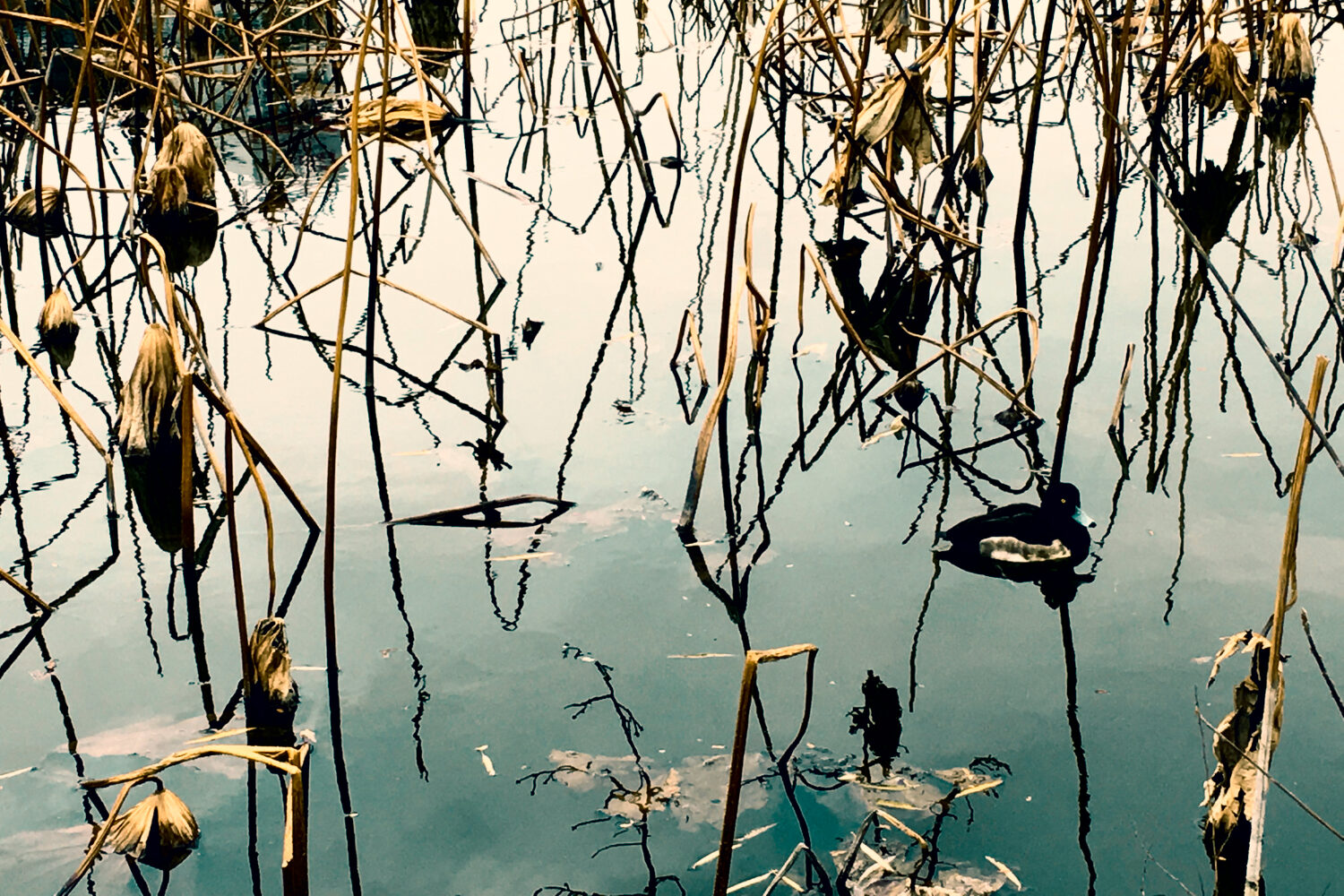
Lake of the Ozarks in Missouri is another heavily polluted body of water, with high levels of contamination from a variety of sources. The lake, which serves as a popular tourist and recreational site, suffers from agricultural runoff, urban development, and sewage issues. Nutrient pollution, particularly nitrogen and phosphorus, flows into the lake from nearby farmlands and septic systems, resulting in harmful algal blooms that reduce oxygen levels in the water and make it difficult for fish and other wildlife to survive.
In addition to nutrient pollution, the lake also experiences contamination from pesticides, fertilizers, and chemicals from nearby industrial activities. These pollutants, along with the lake’s popularity as a boating destination, have led to concerns over water safety and long-term ecological health. Efforts to address these issues are ongoing, but Lake of the Ozarks remains one of the more polluted lakes in the U.S.
13. The Most Polluted: Puget Sound
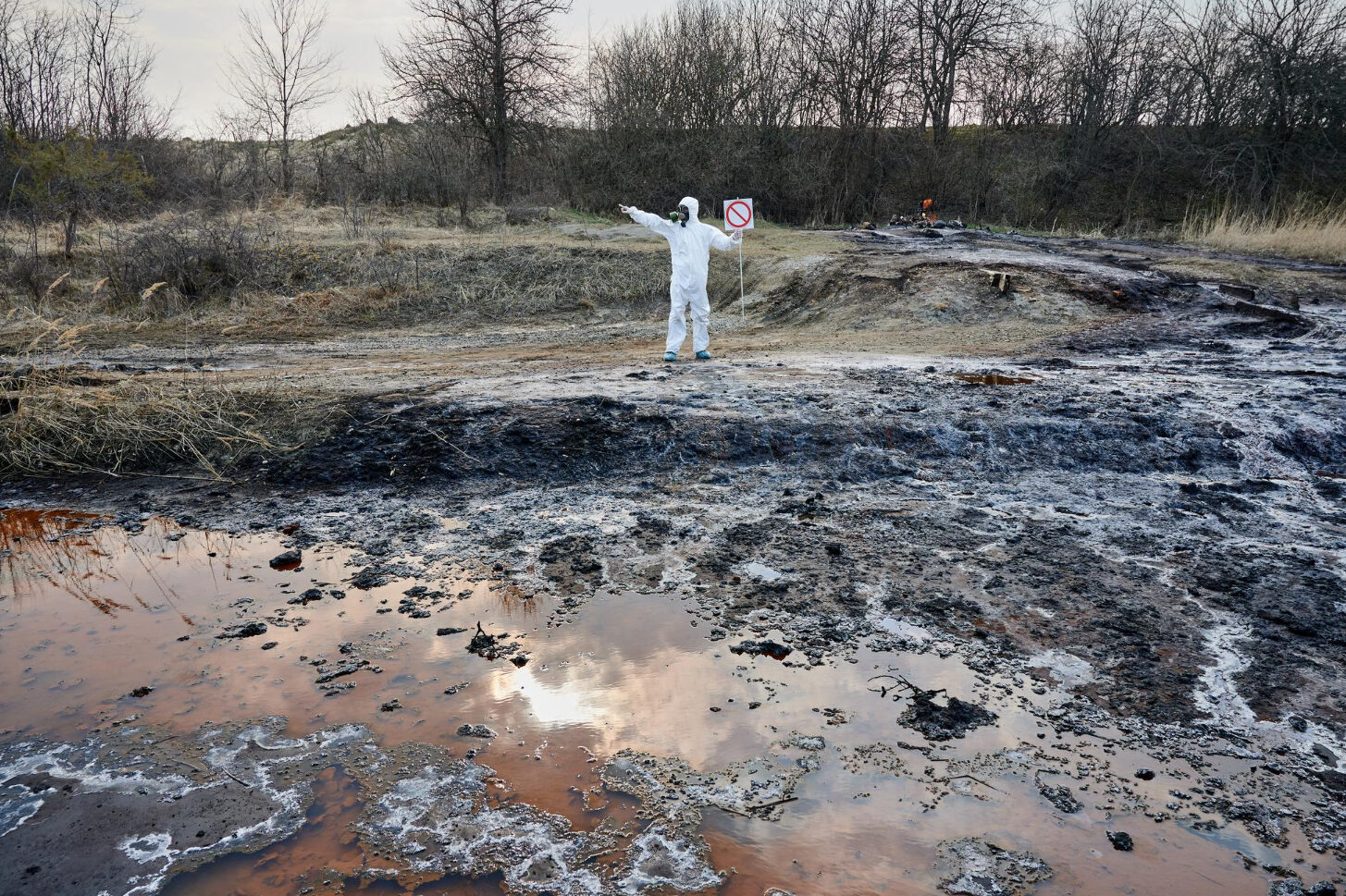
Puget Sound, located in Washington State, is an estuarine body of water that has been severely impacted by pollution over the years. The Sound suffers from a variety of pollutants, including industrial runoff, sewage, agricultural runoff, and oil contamination. The surrounding cities of Seattle and Tacoma are major contributors to the pollution, with urban development and sewage systems adding to the burden on the water quality. Puget Sound has been declared an area with “impaired” water quality due to these pollutants.
The presence of heavy metals like mercury, PCBs (polychlorinated biphenyls), and persistent organic pollutants (POPs) is a significant concern for both marine life and human health. These chemicals accumulate in the food chain and have harmful effects on the region’s wildlife, including fish, seals, and orcas. Despite various cleanup efforts, Puget Sound continues to face major challenges in restoring water quality and safeguarding its ecosystem.
1. The Cleanest: Crater Lake
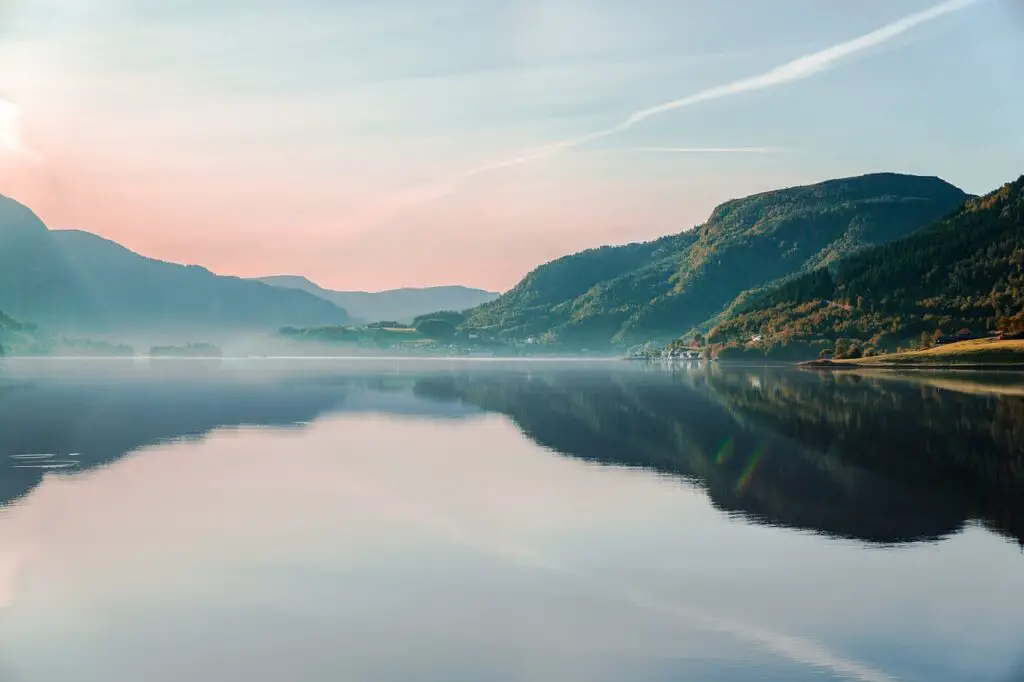
Crater Lake in Oregon is a stunning natural wonder and one of the cleanest lakes in the U.S. Its waters are exceptionally clear, with visibility often reaching up to 100 feet in some areas. The lake is located in a remote, protected national park, which helps keep pollution levels low. Additionally, the lake is fed solely by rainwater and snowmelt, preventing the introduction of contaminants like agricultural runoff or industrial waste. This pristine water quality makes Crater Lake one of the cleanest bodies of water in the country.
2. The Cleanest: Lake Tahoe
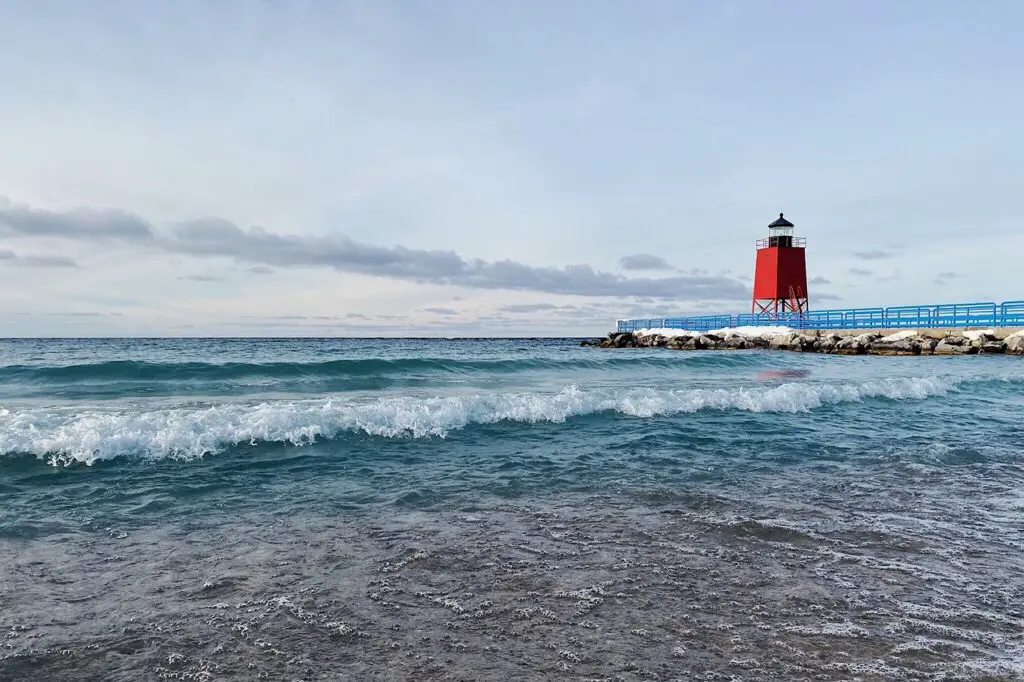
Lake Tahoe, located along the California-Nevada border, is known for its crystal-clear water and stunning blue color. The lake’s clarity has been a subject of admiration for years, and conservation efforts have worked to maintain its water quality. The lake’s unique natural features, including low levels of nutrients and a lack of major industrial development, have helped it remain one of the cleanest large lakes in the U.S. Although urban development has been a challenge, efforts to reduce pollutants and protect the watershed have been successful in preserving its pristine condition.
3. The Cleanest: Blue Lake
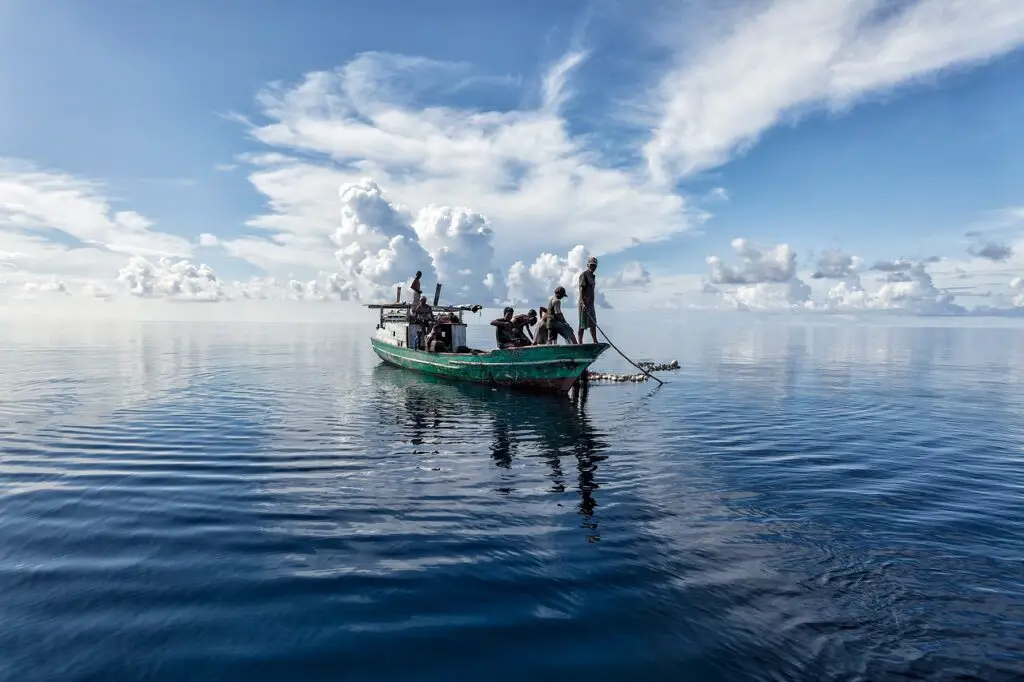
Blue Lake in New Mexico is another example of a pristine lake, with its turquoise-blue waters being a major draw for visitors. The lake is fed by snowmelt and is located within a protected national preserve. Because there are no major sources of pollution nearby, the water remains exceptionally clean and clear. The lake’s isolation and the minimal human impact on its environment contribute to its pristine water quality.
4. The Cleanest: Lake McDonald
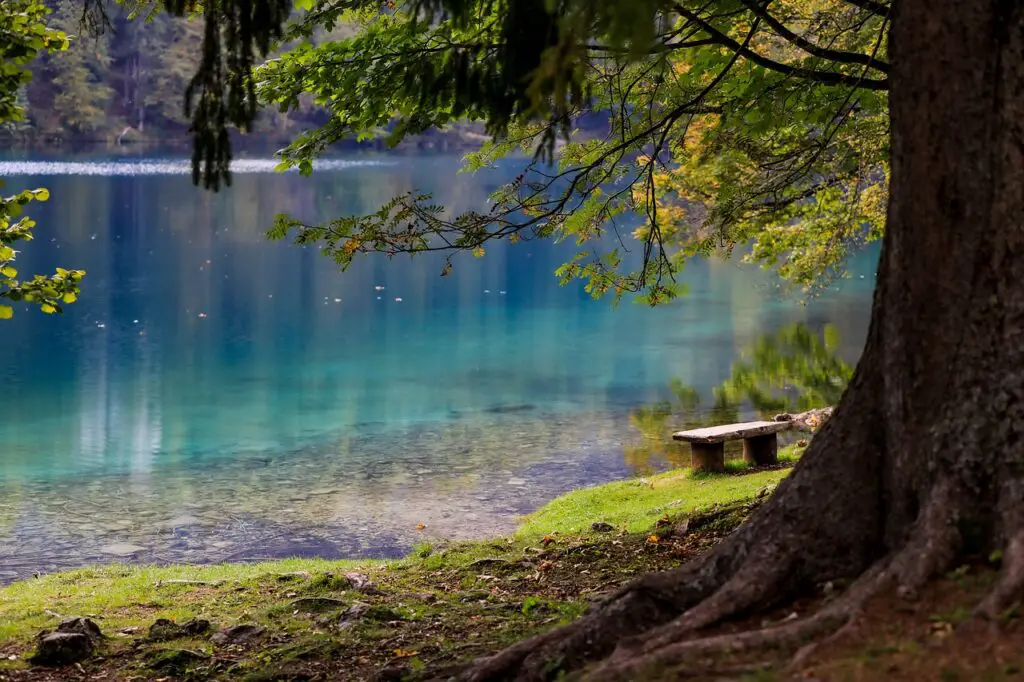
Lake McDonald, located in Glacier National Park in Montana, is known for its stunning beauty and incredibly clear waters. The lake is fed by glacial meltwater, which is naturally filtered and free from contaminants. This, combined with the protection offered by the national park, keeps the water pristine. The surrounding wilderness and the lake’s remote location mean that it remains largely unaffected by pollution. The clarity of Lake McDonald is so remarkable that visitors can see over 50 feet into the lake’s depths.
In addition to its clean water, Lake McDonald is home to a diverse range of wildlife, including fish species that thrive in its cool, clear waters. The lake serves as an example of how effective environmental protection can maintain the health of a body of water. Whether you’re boating or simply enjoying the view, Lake McDonald’s clear waters make it a must-visit for anyone looking to experience the beauty of the natural world.
5. The Cleanest: Flathead Lake

Flathead Lake in Montana is one of the largest freshwater lakes in the U.S. and is widely regarded for its excellent water quality. The lake benefits from its cold temperatures, which help prevent the overgrowth of algae and other pollutants. Flathead Lake’s water clarity is exceptional, with some areas allowing visibility of up to 30 feet. The surrounding area is sparsely populated and largely undeveloped, which reduces the risk of pollution. The lake is fed by snowmelt and rainwater, which is naturally filtered through the surrounding mountains, helping keep the water pristine.
Efforts to protect Flathead Lake have been successful in preserving its water quality. Local organizations and government agencies work together to monitor the lake’s health and ensure that pollution levels remain low. As a result, Flathead Lake is a popular spot for outdoor activities like boating, fishing, and swimming, offering visitors a chance to enjoy clean, fresh water in a beautiful setting.
6. The Cleanest: Torch Lake
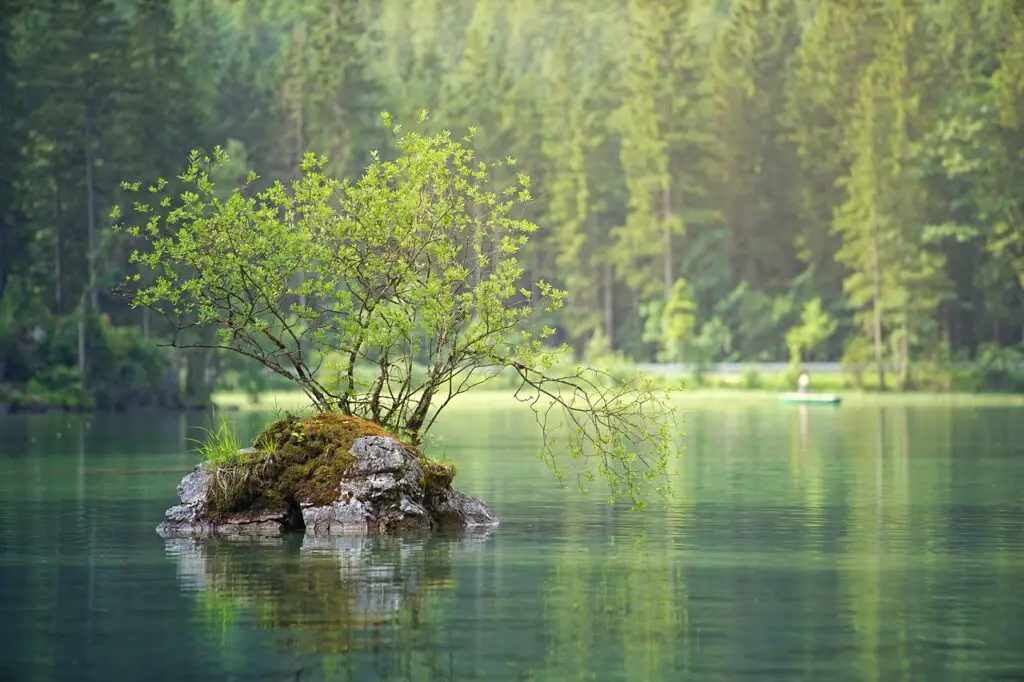
Torch Lake, located in Michigan’s Lower Peninsula, is famous for its incredible water clarity and vibrant blue color. The lake is fed by clean, clear groundwater and is surrounded by forests and wetlands that help filter pollutants before they reach the water. Torch Lake is one of the clearest lakes in the U.S., with visibility often extending more than 30 feet below the surface. This pristine water quality makes it a popular destination for swimmers, boaters, and divers who want to experience the beauty of a natural, unspoiled lake.
Efforts to protect Torch Lake from pollution have been successful, with conservation groups working to reduce nutrient runoff and maintain the health of the surrounding ecosystem. The lake’s clean water has made it a symbol of environmental stewardship, showing that with the right protection, lakes can remain clear and healthy even in areas with human activity. Torch Lake’s exceptional clarity makes it a stunning example of clean water in the U.S.
7. The Cleanest: Big Bear Lake
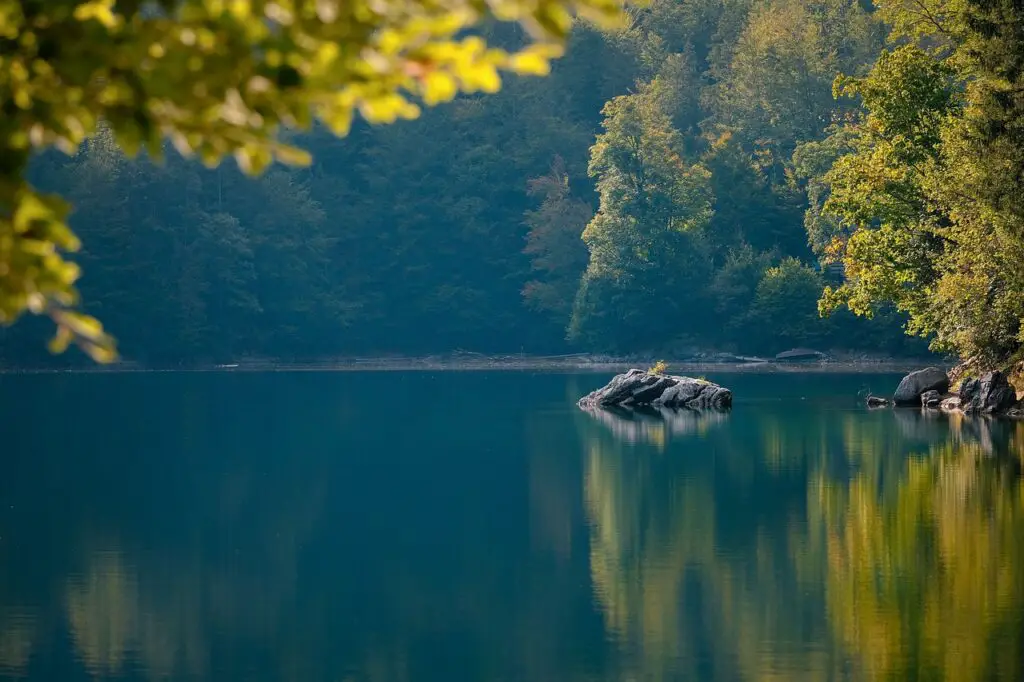
Big Bear Lake, located in Southern California, stands out for its clean water, which is a result of careful environmental management. The lake is fed by snowmelt from the surrounding mountains, and its water is naturally filtered through the soil and rocks. While Southern California is known for its population density and urban development, Big Bear Lake benefits from strict water quality regulations and active conservation efforts. The surrounding Big Bear Valley has been designated as a protected area, helping to reduce pollution and preserve the lake’s natural beauty.
The water quality in Big Bear Lake has been maintained through efforts to reduce nutrient runoff and manage wastewater. These efforts have helped ensure that the lake remains a pristine location for recreation, offering clear waters for boating, fishing, and swimming. Big Bear Lake is a prime example of how careful management can help maintain clean water even in densely populated regions.
8. The Cleanest: Blue Ridge Reservoir
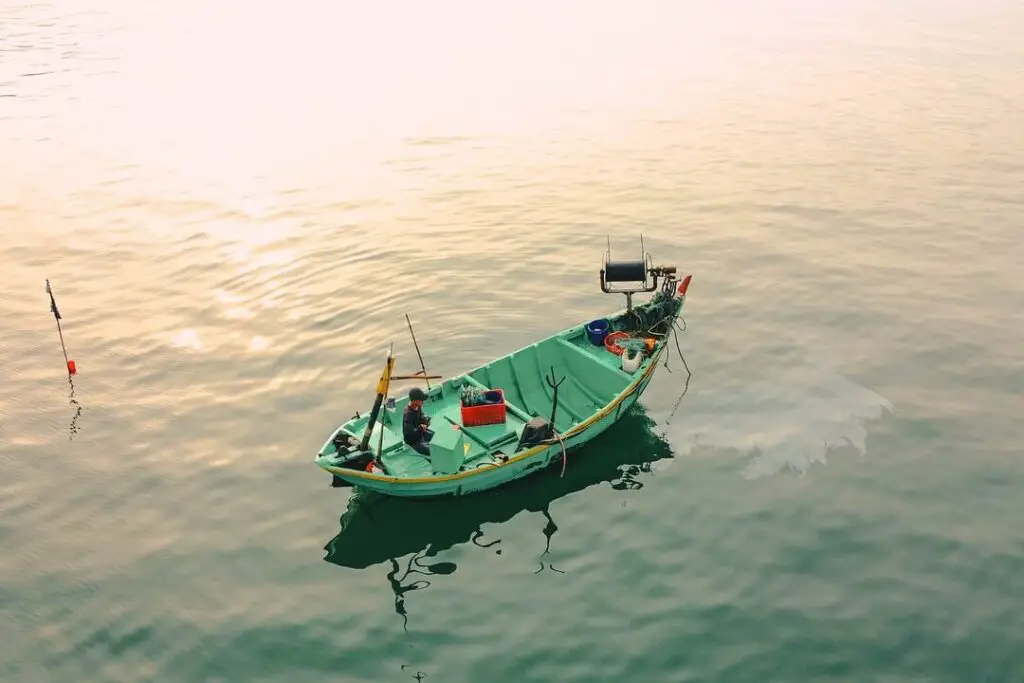
Blue Ridge Reservoir, located in Arizona, is one of the clearest bodies of water in the state. The lake’s pristine water quality is a result of its remote location, with little to no urban development in the surrounding area. The reservoir is fed by snowmelt and rainwater, which is naturally filtered through the surrounding forest. The clear waters are home to a variety of fish species, and the lake is popular for kayaking, canoeing, and fishing.
Blue Ridge Reservoir’s water quality is closely monitored to ensure that it remains clean and free from pollutants. Conservation efforts have focused on maintaining the surrounding environment, preventing runoff, and preserving the natural beauty of the area. Thanks to these efforts, Blue Ridge Reservoir remains one of the cleanest lakes in the U.S., offering visitors a serene and unspoiled environment.
9. The Cleanest: Lake Tahoe

Lake Tahoe, located on the border between California and Nevada, is known for its crystal-clear waters and breathtaking scenery. The lake’s clarity has been a subject of admiration for decades, and it remains one of the cleanest large lakes in the country. The water is fed by snowmelt from the surrounding Sierra Nevada mountains, and the lake’s isolation from major industrial activity helps maintain its pristine condition. However, the lake has faced challenges from urban development, and local conservation efforts have worked to protect its water quality.
Lake Tahoe’s clarity is enhanced by its low levels of nutrients, which prevent algae from growing and clouding the water. Over the years, efforts have been made to reduce pollution, including stricter regulations on development and improvements in wastewater management. These initiatives have helped keep Lake Tahoe’s waters clean and clear, making it a premier destination for those seeking a pristine natural setting.
10. The Cleanest: Crater Lake
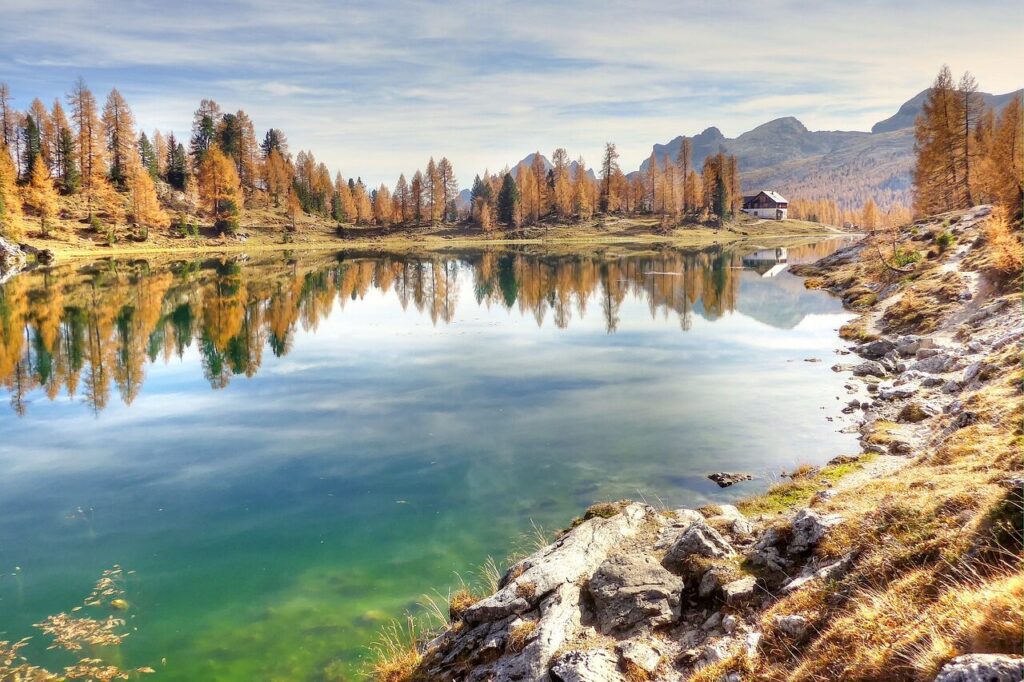
Crater Lake in Oregon is another prime example of clean, clear water. The lake is located in a volcanic caldera and is fed entirely by rainwater and snowmelt, which ensures that it remains free from pollution. Crater Lake’s waters are some of the clearest in the U.S., with visibility often exceeding 100 feet. The surrounding Crater Lake National Park helps protect the lake from human development, and the surrounding wilderness is largely untouched by urbanization.
Because the lake is not affected by agricultural or industrial runoff, its water quality remains exceptional. The purity of Crater Lake’s waters is a testament to the effectiveness of natural filtration and the importance of environmental protection. The lake is a popular destination for visitors looking to enjoy its pristine beauty, and it serves as a model for how to maintain clean water in protected areas.


